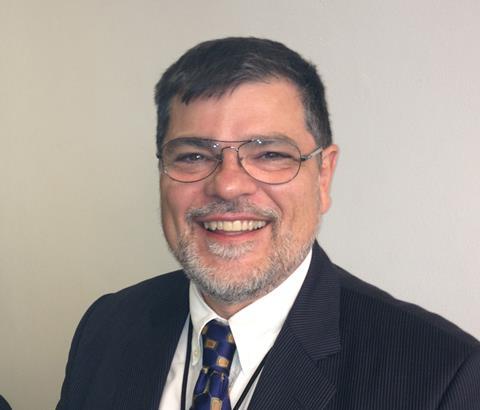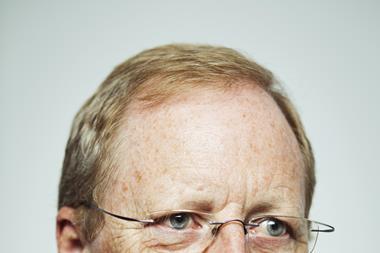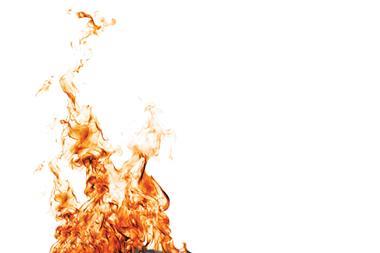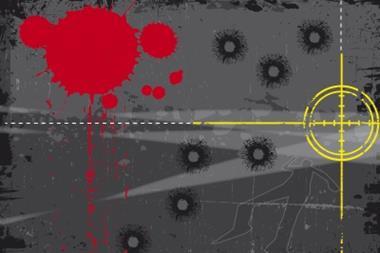FM Global is celebrating 50 years since it first entered the European market in 1963. StrategicRISK spoke with Stefano Tranquillo, Northern Europe operations manager about its achievements in the last five decades

How are you marking 50 years in the European market?
We had a drinks reception on the opening night of Airmic’s conference in recognition of 50 years in Europe. We’ve already celebrated with our customers – holding events in London, Paris, and Frankfurt, and later in the year we’ll be celebrating it with our staff.
What are FM Global’s top three milestones over the past 50 years?
Our history goes back nearly 180 years. FM Global started in the US and after the Second World War, a lot of our North American clients moved to Europe as it began rebuilding itself. As more and more clients moved, they asked if we could provide them with the same capacity, same coverage, the same loss prevention engineering that they were benefiting from in the US.
So in 1963, we opened our first offices in Europe and during that time, we’ve helped our clients build more resilient facilities, bringing our loss prevention research and loss prevention engineering to the fore. Over the past five decades, I would say one of the three key things that we are very proud of include are our loss prevention research and engineering which have helped clients become more resilient as they moved further east.The second milestone is the ability to provide them with broad property damage and business interruption coverage on a global basis, ensuring that its contract-certain and compliant with various regulations around the world. Thirdly, we’ve been working hard in a lot of different countries to guide the development of codes and standards such that as our clients go into these territories, they have solid codes and standards that help them build more resilient facilities.
What do you consider the key risk trends of the past five decades and how has FM Global responded to them?
Organisations suffer from primary perils – fires, explosions, natural catastrophes and those perils are as valid today as they were 50 years ago. Perhaps what’s happening today is that organisations have become more complex, more global, and more interconnected meaning that supply chains have become a lot more important to organisations. Over the years, we’ve helped our clients better understand supply chains, providing coverage, which we believe is broad and helps them ensure that when there is a loss, they are protected.
How do you think risk trends will change over the next 50 years?
Supply chain will continue to be a key issue and again, we’re trying to help our clients better understand their exposures.
We are also moving towards high natural catastrophe exposed locations. We all like to live on the seafront and there are certain hazards that come with it. By using what we’ve learnt from past natural catastrophes, we’re trying to help our clients prevent losses. What we found from the hurricanes in the US is that organisations that invest in preparing for these events end up having far fewer and less significant losses. Our statistics show that companies that invest in the region of $7,000 in preparedness for things like hurricanes have reduced losses by over $1m.
What are you hoping to get from the Airmic conference?
It’s meeting our clients. It’s been great meeting them outside the day-to-day working environment and getting a sense of where they are going as an organisation.




















No comments yet